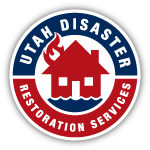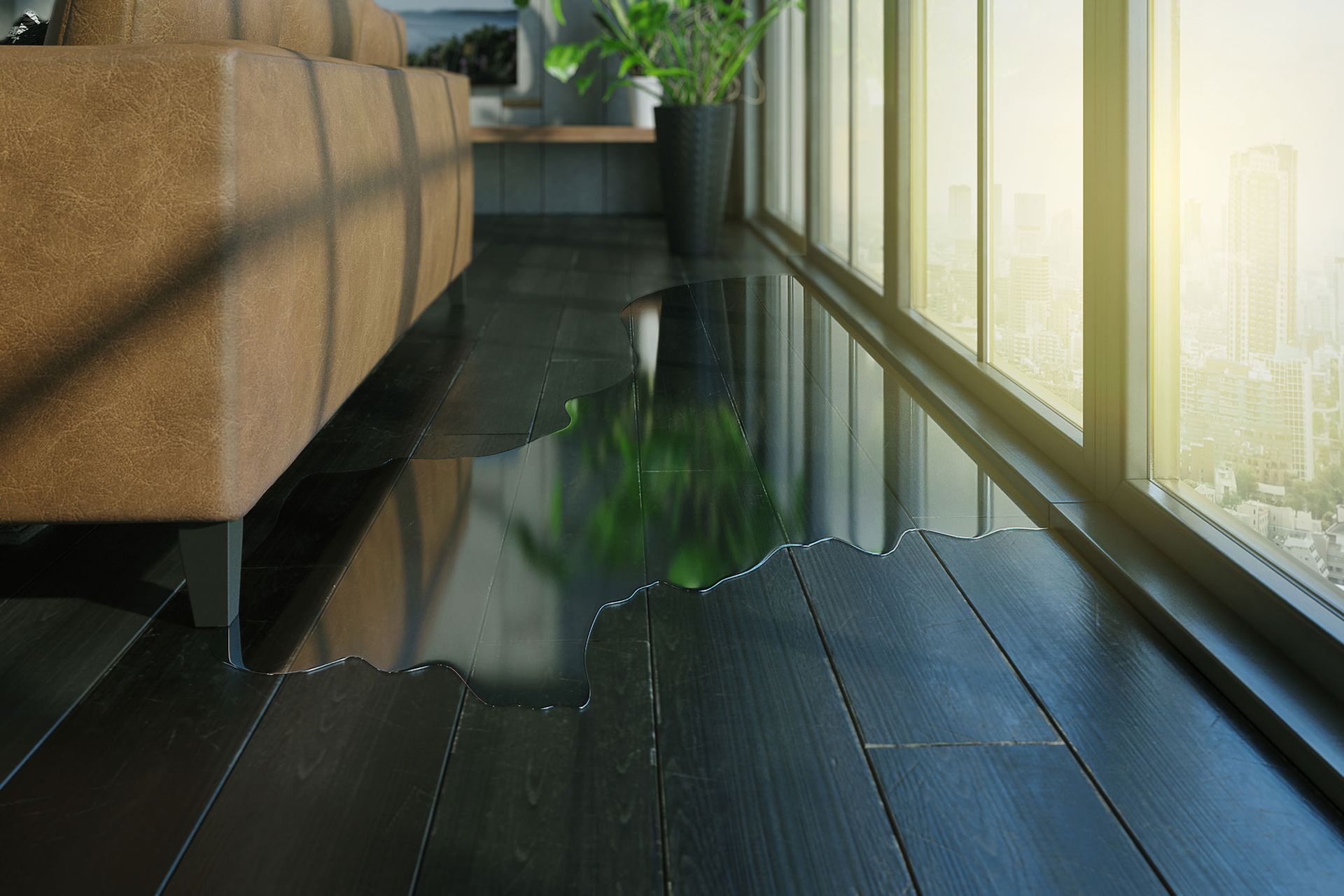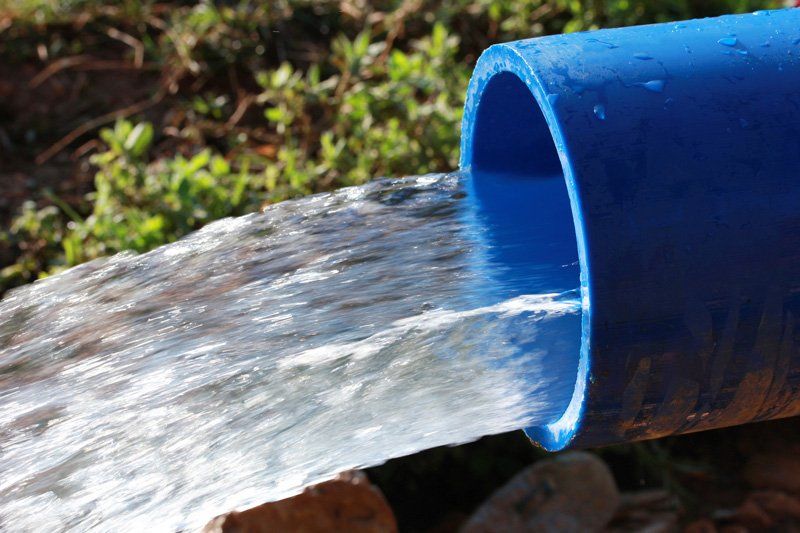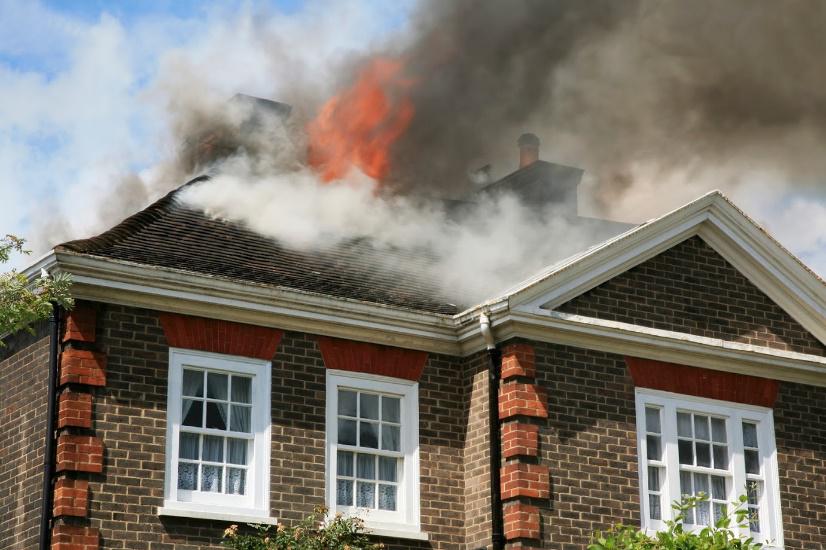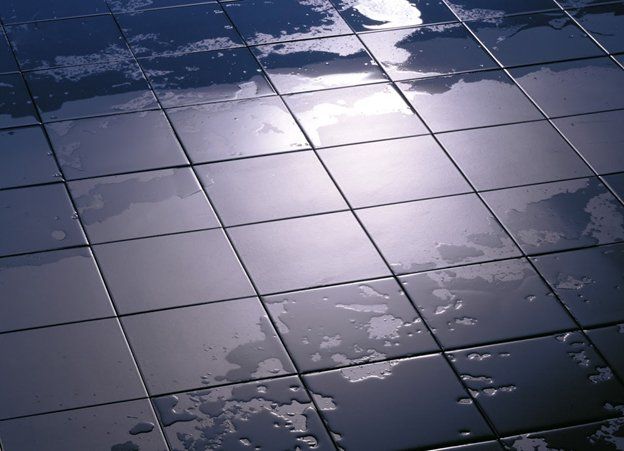How to Protect Your Home From Rising Groundwater
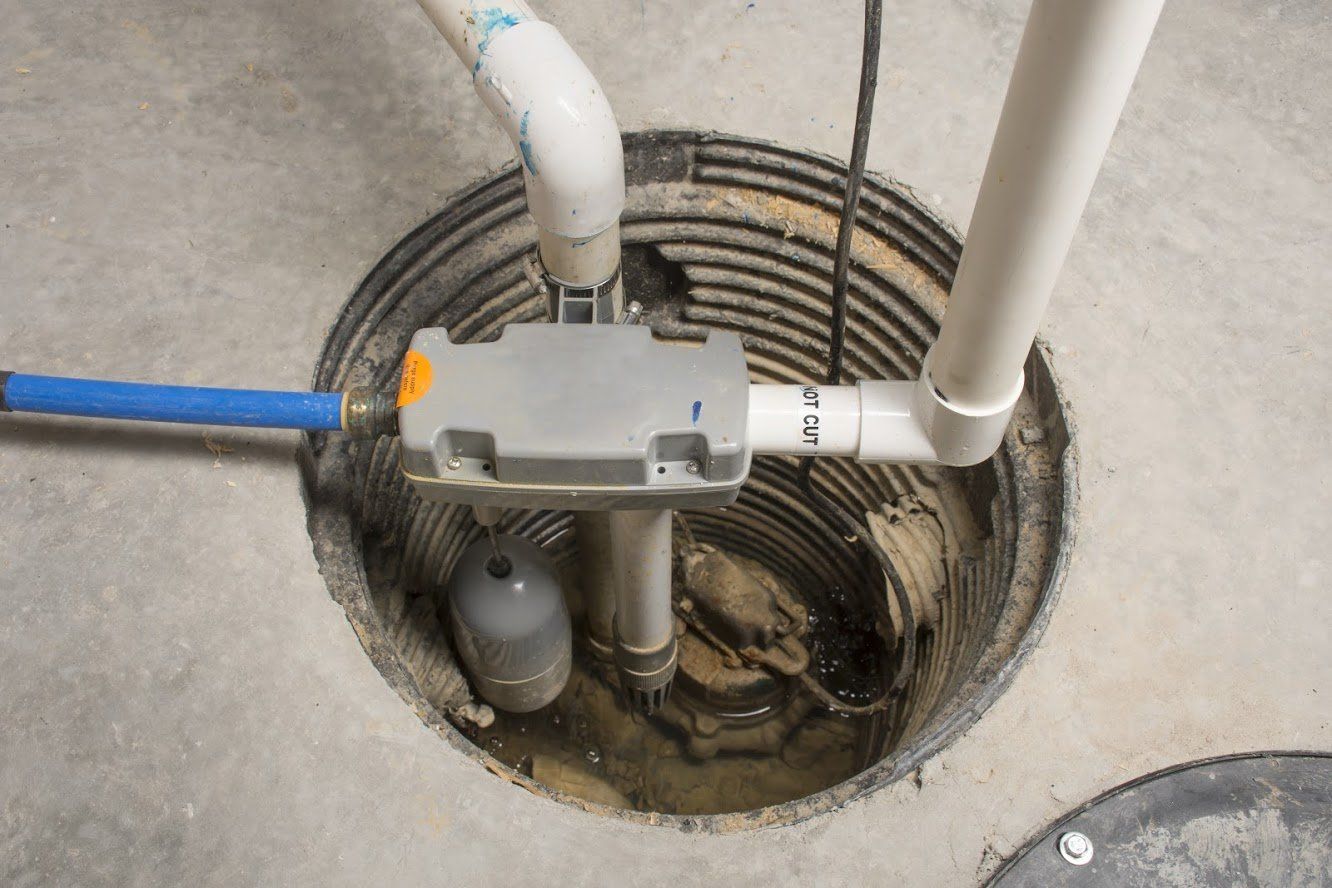
Groundwater is usually stored in natural aquifers underground. However, lots of rain can cause this ground water to rise so much that it may actually rise above the ground and flood your home. Water damage leads to expensive repairs, mold damage, and possible contamination. If you want to protect your home from flooding, check out these tips.
Get Appliances off the Floor
You may not have to actually do anything to stop groundwater from flooding your basement. Instead, you can live with it and protect your belongings by getting appliances, furniture, and other items that could be damaged when exposed to water on the floor. You can also raise the entire basement floor by installing a false floor above the basement cement.
With this, if water does get into the basement, it should drain under the false floor, keeping all your belongings safe and dry. Of course, this can only work if you know how high the groundwater usually gets because if you build the false floor too low, it can still flood.
Install a Sump Pump
There are different types of sump pumps, but all of them redirect water. Typically, the sump pump is installed in the floor of the basement or the crawlspace. As groundwater rises, it triggers the sump pump, which begins to pump the water away from your home and toward a drain or the street.
Alternatively, if you only get minor flooding from groundwater, installing drains may be enough. This can become expensive and time consuming, but it ensures that water has a place to drain so it can't get trapped in your basement.
Fill the Basement
Filing the basement with more concrete and turning it into a crawl space is also an excellent way to stop groundwater flood damage. Of course, this process makes the basement unusable, so if you used your basement for storage, you'l have to find a new place to store everything. If you have a finished basement, filing it removes some of your living space, which may impact the home's value.
In the long run, this may actually be a more affordable option that a sump pump. If the basement floods frequently, you have to use a lot of energy to pump it out, which can increase your electric bills. With a filed basement, once it's filed, there are no more costs to consider.
Raise the House
The most drastic way to prevent groundwater flooding is to raise the house. This is also the most expensive option, costing up to $100,000. The overall price depends on the size of the house, number of floors, status of the house, etc.
The process involves building a new foundation higher than the old one. Ideally, your contractors will lift the house above the flood zone, making it a permanent solution to flood. This is the best choice if you plan on staying in the home for a long time or you want to use it as an investment.
When it's time to sell, you can find a buyer more easily if the house is virtually flood-proof from groundwater.
Flooding is a common problem, and it can happen anywhere thanks to groundwater. Rising groundwater can ruin your basement and belongings, but you can protect your home. In minor cases, a fake floor or a sump pump can work, but if your basement flood frequently, filing the basement or raising the house may be better for long-term results.
If you would like to know more about flood damage and repair, contact us
at Utah Disaster Restoration Services today. We can provide restoration services and prevent flooding in the future.
